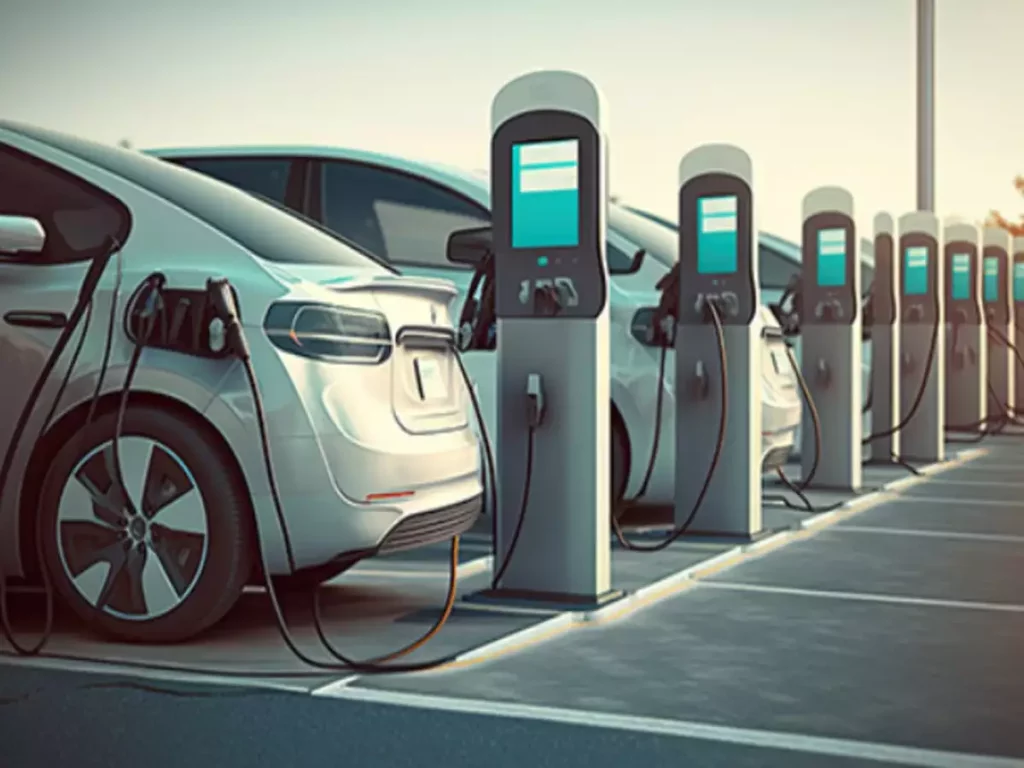In recent years, there has been a significant shift in the automotive industry. Electric vehicles (EVs) are no longer a niche market but are rapidly becoming mainstream. With growing concerns about environmental sustainability and the need to reduce carbon emissions, the rise of electric cars has gained momentum. However, to truly make electric vehicles a viable option for the masses, the infrastructure supporting them must change too. This is where the rise of DC charging stations plays a pivotal role in bridging the gap for electric vehicles.
The shift towards electric vehicles is driven by several factors. First and foremost, there’s the urgent need to combat climate change. Traditional internal combustion engine (ICE) vehicles are a major contributor to greenhouse gas emissions, and electric vehicles offer a cleaner, more sustainable alternative. Additionally, as the world’s fossil fuel reserves dwindle, the transition to electric transportation becomes not just a choice but a necessity.
Understanding the Need for DC Charging Stations
When it comes to charging an electric vehicle, the type of charging station matters. Most electric vehicles can be charged using a standard alternating current (AC) charger at home or work, but the charging process can be quite slow. This is where DC (Direct Current) charging stations come into play. They offer high-speed charging, making it more convenient and practical for EV owners.
One of the main advantages of DC charging stations is their speed. While home AC chargers can take several hours to charge an EV fully, DC chargers can provide a substantial charge in a matter of minutes. For EV owners who don’t have the luxury of waiting for hours, fast charging is a game-changer. This convenience has the potential to alleviate “range anxiety,” a common concern among EV drivers, by enabling them to recharge quickly during long trips.
Plus, these charging stations are not limited to a single type of connector. Many of them are equipped with multiple connectors to accommodate various EV models, making it easier for a diverse range of electric vehicles to access fast charging options. This universality contributes to the broader adoption of electric vehicles across different manufacturers and models.
The Growth of DC Charging Infrastructure
The growth of DC charging infrastructure has been nothing short of remarkable. As more automakers invest in electric vehicle technology, there has been a parallel surge in the deployment of DC charging stations across the country. This growth is essential for encouraging more people to make the switch to electric vehicles.
Both public and private entities have recognized the importance of building a robust charging network. Governments around the world are offering incentives to companies and individuals who invest in EV charging infrastructure. At the same time, major corporations are partnering with charging station manufacturers to install stations at their facilities, making charging more accessible for their employees and customers.
Additionally, some forward-thinking cities are integrating DC charging stations into their public transportation systems. Electric buses and taxis are becoming increasingly common in urban areas, and these vehicles rely on efficient charging networks to keep them on the road. This integration not only promotes electric vehicle adoption but also reduces pollution and noise in densely populated areas.
Urban Planning and Sustainable Development
Urban planners and city officials are also getting on board. Many cities are incorporating EV charging infrastructure into their long-term development plans. This includes installing DC charging stations in public parking areas, shopping centers, and other high-traffic locations. By doing so, they not only promote sustainable transportation but also contribute to reducing air pollution in urban areas.
As more people choose electric vehicles for their daily commutes and city driving, the demand for conveniently located charging stations will continue to grow. The widespread availability of these stations will make EV ownership more practical for urban dwellers, further driving the adoption of electric vehicles in densely populated areas.
The Convenience of DC Charging Stations
Imagine being able to charge your EV while stopping for a quick lunch or shopping at your favorite mall. This level of convenience is a game-changer for EV owners and makes electric vehicles more appealing to a broader audience. These stations are especially beneficial for long-distance travel. Gone are the days when taking a road trip in an electric vehicle meant meticulously planning charging stops and enduring long waits at charging stations.
With the widespread availability of DC charging stations, cross-country road trips in an EV are now a reality. Drivers can recharge their vehicles quickly and continue their journey with minimal downtime. These stations simplify the charging process. Standardization of connectors also means that EV owners don’t need to worry about carrying multiple charging cables or adapters, making the experience more user-friendly.

